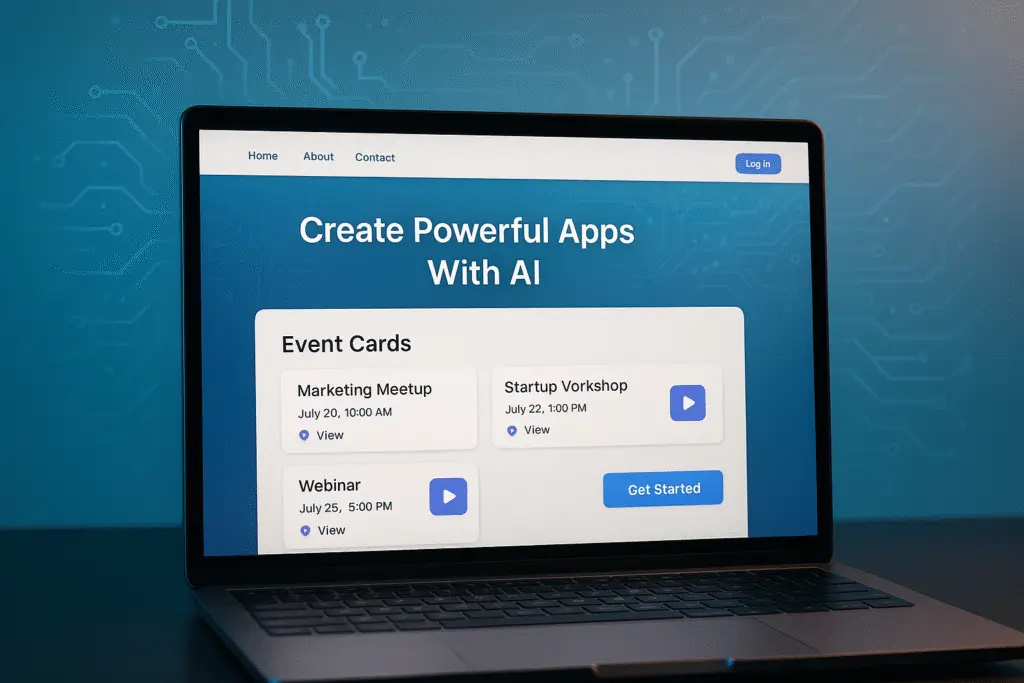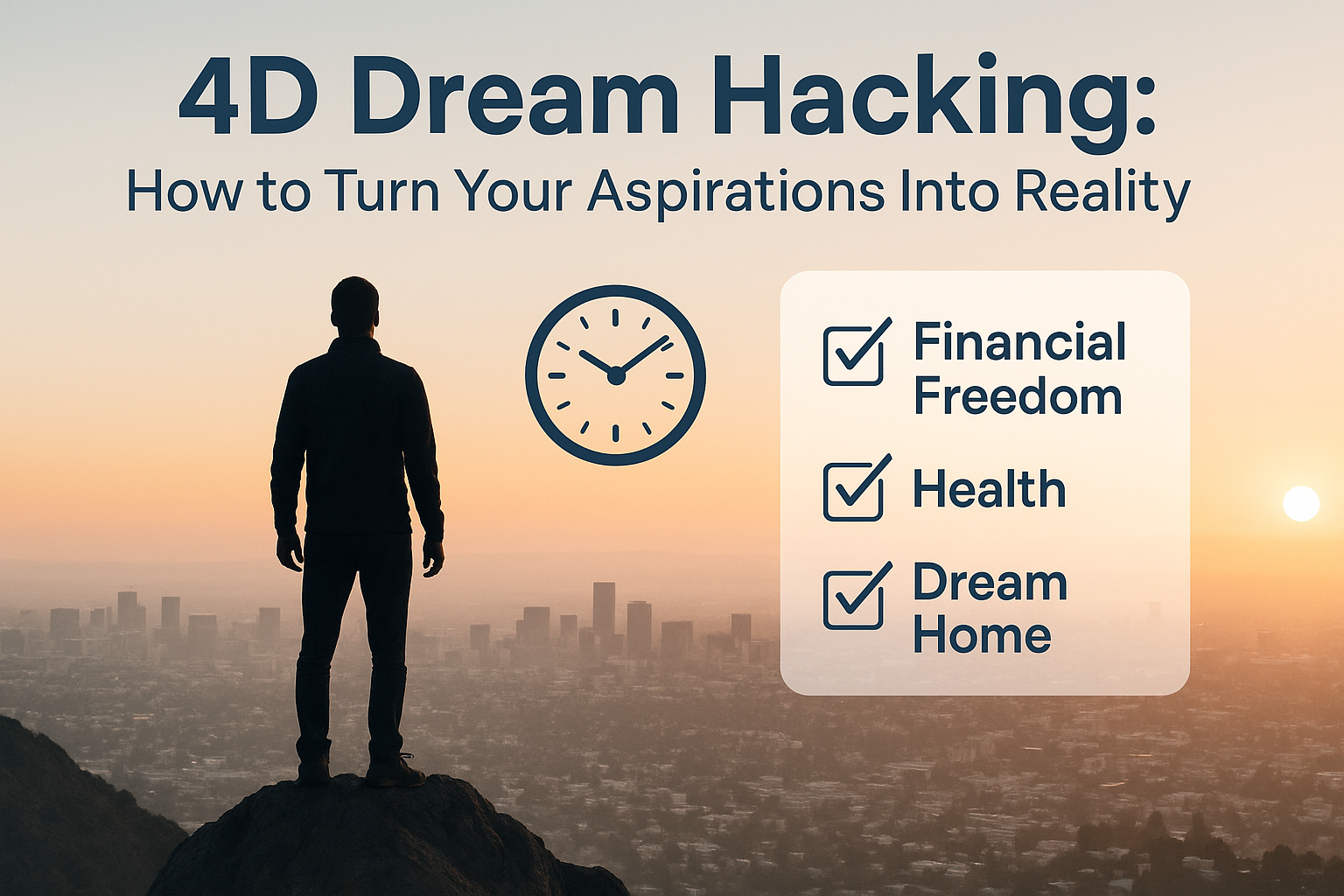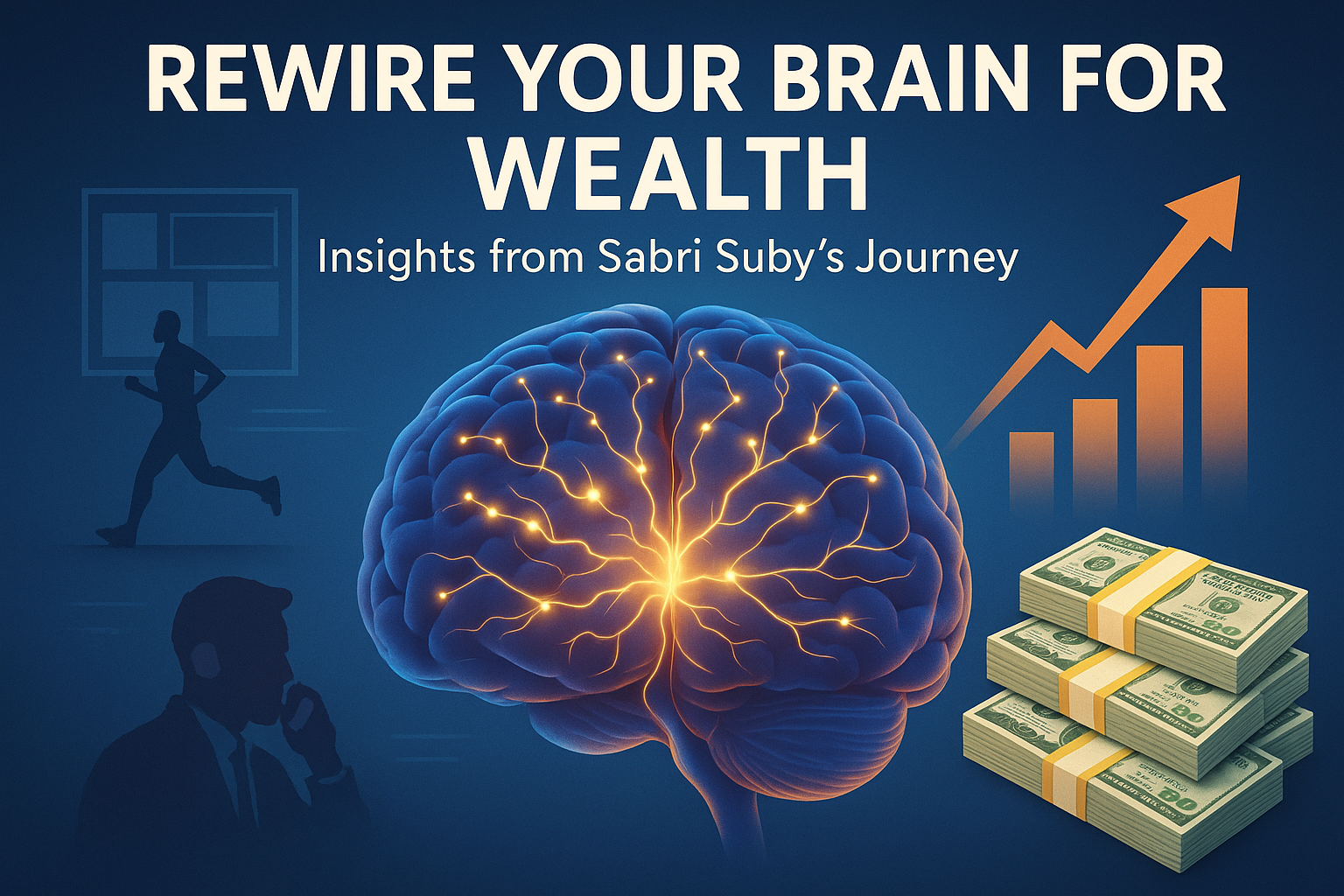Welcome to Software Composing
We have entered an era where anyone can build powerful websites and apps simply by speaking their ideas into existence through AI. What used to take months and tens of thousands of dollars can now be accomplished in minutes. Mastering the skill of ‘software composing’—a more creative approach referred to by some as vibe coding—represents a valuable investment for your future.
Introduction to Software Composing
In the last two years, I have transitioned from knowing nothing about AI to building multiple AI businesses, generating over $6 million in revenue. Along the way, I have assisted more than 200,000 entrepreneurs in my community in learning AI skills and applying them to solve real-world problems and generate income. This skill of using AI to create websites and applications, or software composing, is a rewarding venture.
This comprehensive course will guide you through the process of building complete websites and web applications using natural language prompts—no coding experience required. You’ll learn not only how to construct them but also how to monetize these skills. The course is divided into three key chapters; in the foundations chapter, you will learn essential theories about web app building and acquire vocabularies to communicate effectively with AI. This knowledge will give you an edge over 99% of individuals attempting to build applications with AI.
Next, in the building chapter, you’ll apply that knowledge practically by creating a fully functioning Software as a Service (SaaS) application, step-by-step, using an intuitive tool that simplifies the process. You will develop tangible, practical skills at each stage, resulting in projects that you can customize and monetize.
Finally, the monetization chapter will uncover the vast market opportunities waiting to be tapped into. I will share strategies employed by others in my community as they secure projects ranging from $5,000 to $15,000, as well as my proven methods for acquiring your first clients without spending on social media or ads.
Today, if I had to start from scratch, this skill of software composing is where I would focus my efforts. It positions you uniquely as the one who builds transformative tools rather than just relying on others.
Currently, the AI revolution provides an unprecedented chance for anyone to take their ideas and transform them into real software. With purpose-built tools like Bolt, Replit Agent, and others, the path to effective app development is clearer and easier than ever before. You don’t need to be a trained developer to succeed. Instead, you can express your vision in plain language and watch AI make it a reality.
In summary, the skill of software composing is not just about the speed of development but fundamentally alters who has the ability to build and innovate. With passion and practice, anyone can leverage these advancements to create impactful applications and potential income streams. As we embark on this journey together, remember that your mastery over these tools and concepts is just the beginning of what the AI landscape can offer you.
Foundations of Web App Building
Dive deep into the essential concepts and terminology that underpin software composing. In this section, you’ll differentiate web applications from static websites, understand the significance of front-end and back-end processes, and learn about databases, APIs, and user authentication. This foundational knowledge empowers you to navigate the complete architecture of web applications, providing you with the ability to communicate your ideas clearly when utilizing AI tools.
Understanding the architecture of web applications involves distinguishing between different software forms. You will explore various software categories, focusing primarily on web applications that are interactive, personalized, and dynamic, as opposed to static websites. Unlike static sites that present unchanging information, web applications can remember user preferences and adapt in real-time by interfacing with back-end databases and APIs.
The architecture of web applications consists of two primary components: the front end and the back end. The front end includes everything users see and interact with, like the user interface (UI), while the back end contains the underlying code and database structures that process user requests and store information.
To clarify these concepts, we can use real-life analogies:
- Front End: This is like the dining area of a restaurant — it comprises the décor, tables, and menus that create the user experience. Just as diners interact with waitstaff to place their orders, users interact with web applications through clicks and inputs.
- Back End: This functions like a restaurant kitchen — being the engine that manages food preparation and inventory. In web applications, the back end retrieves data, processes it, and returns results to the front end, often through a database.
Remember, web applications require an organized method for storing data—enter databases. Picture a filing cabinet with drawers (tables) for each piece of information—users, products, orders—making it manageable to access and modify data as required. Each record acts like a folder filling up those drawers with pertinent user information, enhancing the app’s memory and usability.
Through this clarity on structure, you are now equipped to clearly state prompts when working with AI tools, significantly enhancing your ability to create and build applications.
The next essential component of this architecture is the application programming interface (API). Think of APIs as the waitstaff in the restaurant analogy, facilitating communication between the customer (front end) and kitchen (back end). APIs allow your application to send and receive requests, whether it’s getting user data or making changes, by utilizing either ‘GET’ requests to retrieve information or ‘POST’ requests to submit new data.
Lastly, to manage user access effectively, understanding authentication and authorization becomes vital. Authentication confirms a user’s identity, often through login credentials, while authorization determines permissions for what resources a user can access after they log in. This process ensures that sensitive actions (like editing or deleting content) are restricted to the appropriate users.
By the conclusion of this section, you will have not just a theoretical grasp but practical insights into every element necessary to develop sophisticated web applications via AI tools. This foundational knowledge will allow you to engage with AI in meaningful ways and faithfully translate your ideas into functional software.
Building Your First Web App with AI
In this section, we will take a hands-on approach to constructing a fully functional SaaS application using an intuitive AI tool called Bolt. By leveraging Bolt, we can create a complete web application from the ground up without needing any prior coding experience. This section is designed to guide you step-by-step through designing the front-end and establishing the back-end systems, including databases and APIs, ensuring that you end up with a user-friendly application that is fully operational.
Understanding the Concept of Software Composing
Software composing is a revolutionary method for building software applications using natural language prompts, making it extremely accessible for anyone, regardless of technical background. The emergence of AI technologies means that the barriers which traditionally existed within software development — including the need for extensive technical knowledge and expensive resources — have significantly diminished.
As a budding software composer, you can articulate your application ideas in plain English, and Bolt will construct the functional components of your application for you. This transition from a structured coding process to a more creative one allows you to express your vision, while AI handles the complexities of technical implementation.
The Three Core Components of a SaaS Application
Building a SaaS application involves understanding three fundamental parts:
- Front-end Development: This is the part of the application the user interacts with, including everything from user interface design to how elements respond to user actions.
- Back-end Development: This refers to the server-side logic that processes data and interacts with databases.
- Database Management: This is where all of the data of your application resides, enabling efficient storage and management of user information and event details.
Integrating Various Components
To create an interactive application, you will orchestrate how the front end interacts with the back end through APIs (Application Programming Interfaces). APIs are the intermediaries that handle the requests and responses between the user actions and server-side processing. Understanding this flow is crucial, and having a solid grasp on APIs will allow you to guide your prompts effectively to achieve the desired results.
Building a Basic Framework
Let’s establish the project framework by using Bolt to begin building a Music Event Discovery Platform.
Step 1: Set Up Your Environment
First, sign into Bolt and initiate a new project. Through the interface, describe the basic functionalities you want your application to have.
Step 2: Design the Front End
Design the major components of your application:
- Navigation Bar: For easy access to various sections of the app.
- Hero Section: To highlight the main call-to-action for users.
- Event Cards: Display details such as event name, description, date, time, and image.
Step 3: Establish the Back End
Once the front end is designed, focus on setting up the back-end infrastructure featuring a database to manage your events.
Step 4: Connect Front End and Back End
Ensure effective communication between the front end and back end by using APIs for user interactions.
Step 5: Implement User Authentication
Once the functional elements are in place, add a user authentication system enabling users to create accounts and manage events.
Testing and Refining Your Application
As you build, it’s essential to continuously test each component. Interact with your app and make adjustments based on performance. Utilize the discussion mode in Bolt for troubleshooting.
Debugging Common Issues: When encountering errors, utilize Bolt’s tools for troubleshooting and frequently check your database for consistency.
Putting It All Together: The Event Discovery App
To construct a fully interactive event discovery platform, you’ll follow a structured approach that breaks down the process into manageable steps. This involves building features like user creation, event management, and interactive elements.
User Creation
Implement user accounts, allowing profiles where users can save and view their events. Use Supabase for user authentication with sign-up and login modules.
Event Management
Create an event creation modal that users can interact with to add events with necessary fields (title, date, time, description, image uploads).
Dynamic Interaction
Add interactive elements like an event listing to enrich user engagement through API calls for real-time updates.
Interactive User Interface (UI)
Implement a clean and intuitive UI, starting with a navigation bar, hero section, and card-based layouts for event details.
Putting It All Together
Through this process, each feature reinforces your understanding of application architecture and prepares you for success in the AI-driven market.
Deployment: Making Your App Live
Deploying your application online is crucial for making it accessible. Use hosting services like Netlify for a streamlined deployment process.
Steps for Deployment Using Netlify
- Build Your Project: Click the publish button in Bolt once satisfied with your project.
- Publishing: Netlify will convert the build into a live site and provide a public link.
- Claim Ownership: Transfer ownership to your own Netlify account for management.
- Custom Domain: Personalize your web app’s URL by adding or purchasing a domain.
- Continuous Deployment: Set up automatic updates in Netlify for ongoing changes.
Security Measures for Your Live Application
Implement security measures such as authentication, data security, and regular updates to safeguard your application.
Monetization Strategies for Your Skills
To convert your software composing capabilities into a sustainable income stream, consider establishing an AI automation agency, helping businesses integrate AI into their operations. I’ll share proven examples of community success stories and potential service offerings.
Example Success Stories
- Noah Santon’s agency develops MVPs for clients, transforming ideas into working apps in approximately 14 days.
- Ryan Duffy builds custom platforms, securing retainers of $5,000 per month.
High-Demand Services
- Rapid Prototyping and MVP Development: Validate ideas without significant upfront investment.
- Custom Internal Tools: Streamline outdated systems or spreadsheets.
- Niche SaaS MVPs: Identify specific industry problems to create targeted solutions.
Choosing Your Service Offerings
- Build a Portfolio: Join AI app development communities and document your work.
- Offer Value for Free: Complete pro bono projects to gather testimonials.
- Warm Outreach: Reach out to your network for potential clients.
- Create and Share Content: Document your progress to increase visibility.
- Set Initial Pricing: Charge competitive rates to reflect skill level.
From Learning to Earning: Getting Your First Clients
To secure clients in AI and web application development effectively, adopt strategies focusing on credibility and capability demonstration. Start with free projects to build trust.
Engagement Strategies
- Treat free projects professionally for quality outcomes.
- Engage in targeted outreach to your personal network.
- Create community-building content to showcase your expertise.
- Set appropriate pricing after initial experiences.
Tools and Resources for Aspiring Software Composers
In today’s tech landscape, the ability to create powerful web applications using AI tools is a groundbreaking opportunity available to anyone. Below is a curated list of essential AI tools and resources:
AI Tools Overview
- Bolt: AI-assisted app builder for beginners, allowing streamlined app development.
- Replit Agent: Merges AI building with an expansive coding workspace.
- Cursor: Improves coding efficiency through AI suggestions integrated with Visual Studio Code.
- Windsurf: Offers coding capabilities with various AI models for experienced users.
Key Considerations
Choose tools that align with your needs and expertise levels, starting simple and experimenting frequently to grow your proficiency.
Final Thoughts and Future Pathways
We stand at the precipice of a transformative era in technology. The ability to create applications has become accessible to anyone with ideas. Reflecting on my journey, I encourage you to embrace the AI revolution. This course provides a roadmap to becoming a software composer, unlocking your potential to build impactful applications.
Get Started Today
To maximize your learning and opportunities, immerse yourself in the provided resources and the community, refine your craft, and contribute positively to the digital landscape.
Tools Mentioned
Below is a summary of essential tools mentioned throughout the article:
- Bolt
- Replit Agent
- Cursor
- Windsurf
- Supabase
- ChatGPT
- Claude



